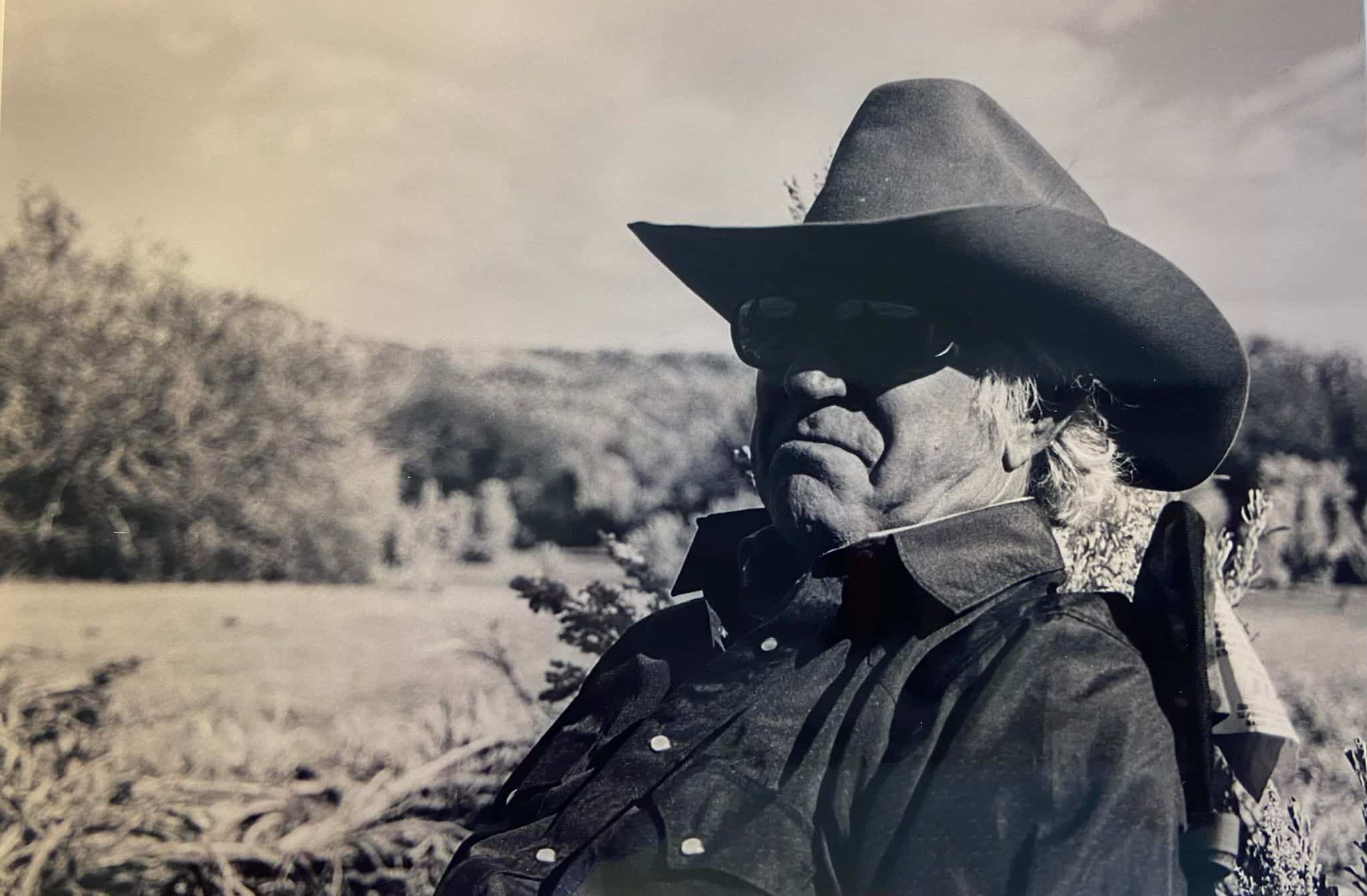Sub-Fertile Mares
A broodmare which fails to conceive or carry a foal to term can be an emotional and financial liability. For the backyard breeder, the liability might be primarily emotional, when that special mare you wanted to produce your next trail horse or
A broodmare which fails to conceive or carry a foal to term can be an emotional and financial liability. For the backyard breeder, the liability might be primarily emotional, when that special mare you wanted to produce your next trail horse or hunter simply doesn’t do so. For the commercial breeder, there might be emotional trauma, but more importantly for him or her, the economic liability can be significant.
It costs an estimated $4,000-$5,000 per year to maintain a broodmare at a top facility in a place like Kentucky. That is not small change for a mare which has, as her prime function in life, the bearing of offspring for commercial sale or private athletic use.
There can be a multitude of reasons why a mare doesn’t conceive or carry a foal to term, and some of them have to be laid at man’s doorstep. Mares in the wild which don’t bear young travel with the band until the end of their days, but they don’t leave behind a legacy of more problems through their offspring. It is Nature’s way of culling, just as it is when a horse has weak hooves and falls prey to a predator. Only the fittest survive to produce replacements.
Man has not been content to accept Nature’s edict, mostly for economic reasons. If a mare has been a superior performer on the racetrack or in the show ring, for instance, the owner’s goal when the mare has retired from competition, or even before, is to raise a foal that will be of equal or greater ability. The fact that the mare tells us through her physiological response that she is nearly incapable of reproducing doesn’t deter us. We turn to science to manipulate her system to achieve a pregnancy that will be carried to term
Create a free account with TheHorse.com to view this content.
TheHorse.com is home to thousands of free articles about horse health care. In order to access some of our exclusive free content, you must be signed into TheHorse.com.
Start your free account today!
Already have an account?
and continue reading.

Written by:
Les Sellnow
Related Articles
Stay on top of the most recent Horse Health news with












